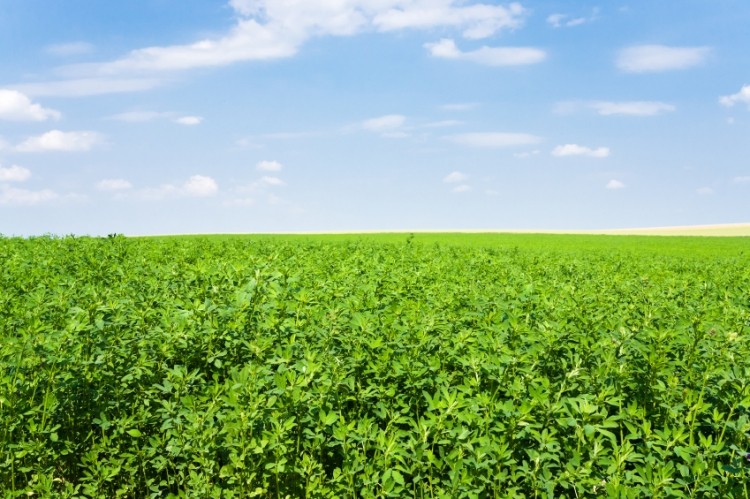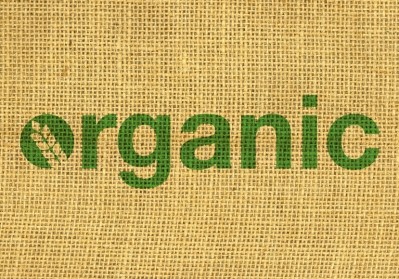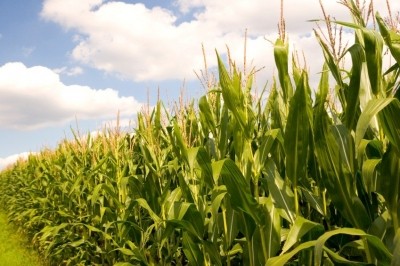Despite price incentives, organic feed may face growth challenges in the US

A recent report from the US Department of Agriculture (USDA) tracked production acreage, challenges and benefits for feed crop growing in organic systems, non-genetically engineered (GE) systems and conventional systems and found that the challenges may out way potential for improved prices.
“The US supports voluntary arrangements between neighboring farmers to enable coexistence,” said Catherine Green, USDA agricultural economist and one of the report authors. “If cross-pollination or crop mixing occurs, organic and non-GE producers and consumers are the ones who assume the full costs and liability of accidental commingling.”
The goal of the project was to examine how the systems were differentiated by groups including regulations and buyers, and discuss what can happen when GE material shows up in non-GE crops and products, she told us.
“We also presented USDA survey findings on commonly used coexistence practices to maintain GE-differentiated markets, and the economic impacts when GE material is detected in organic crops,” she added.
Economic findings
Since 1996, the use of GE seeds has increased and by 2012, 182m crop acres were planted with GE seeds, said USDA officials. Some feed crops like corn, soybeans and canola make up about 90% of that acreage and a smaller amount of alfalfa is also grown using GE traits.
“The small, longstanding market for organically grown food (which excludes GE seed and material) continues to expand and a market for conventionally grown foods produced without GE seed has also emerged,” they said. However, coexistence between the different production types does have challenges.
In 2011, 234,000 acres of organic corn and 132,000 acres of organic soybeans were planted, despite the price premium for organic products, they said. “USDA’s Agricultural Marketing Service reports organic corn and soybean prices that are generally two to three times higher than conventional crop prices,” they added.
A larger amount of feed crop production uses non-GE seed, said the authors. In 2014, 5.1m acres of soybean were planted with non-GE seed and 6.4m acres of non-GE corn was grown.
“About 59 percent of the non-GE conventional soybean producers sold their crop in a market for identity-preserved (IP) non-GE soybeans in 2012,” they said. “Survey respondents who sold non-GE soybeans (food and feed) in an IP market, reported receiving an average price premium of $2.50 per bushel, about 18percent higher than USDA’s reported average price for all soybeans in 2012.”
Additionally, in 2014 about 1% of US certified organic farmers in 20 states said they had had economic losses of about $6.1m from GE contamination of their crops from 2011-2014, they said. “The percentage of organic farmers who suffered economic losses would be higher if calculated only for those organic farmers growing the nine crops with a GE counterpart (commodity specific estimates could not be reported due to data limitations and concerns about respondents’ privacy),” they added.
The distribution of farmers facing damage from crop comingling was more concentrated in some states, they said. About 6 or 7% of organic farmers in Illinois, Nebraska and Oklahoma said they had lost money.
GE feed crops continue to be grown, as is noted in the report, because they provide improved returns overall to the producer, said Greene.
“Adoption of GE insect-resistant corn is associated with an increase in net returns to the producer, while herbicide-resistant GE soybean adoption increases farm household income and leads to household labor savings (Fernandez-Cornejo et al., 2005, Fernandez-Cornejo et al., 2014; Fernandez-Cornejo and Wechsler, 2012),” said report authors.
Mitigation practices
As there is a price benefit from alternative systems of production, there also are ways to verify and track that products are not comingled with GE crops, said officials.
“Many processors, manufacturers, and retailers now require the use of avoidance protocols and testing and have independently set tolerance levels for the unintended presence of GE traits,” they said. “In order to receive the price premiums associated with organic and non-GE offerings, producers need to minimize the presence of GE materials in their crops.”
There are systems and practices in place to address comingling between GE and non-GE forms of production, they said. These include practices like buffer strips in fields and product separation.
“Among the challenges of organic and conventional non-GE corn and soybean production is preventing accidental comingling with GE crops and pollen in order to protect price premiums,” said officials. “The top practices that help reduce the risk of commingling include the use of buffer strips, which also reduce the risk of pesticide drift—69 percent of organic corn and soybean acres had buffer strips during USDA survey years.”
Some organic corn growers also wait to plant in an effort to have a different pollination window, they said.
“The average planting date for organic corn producers was 2-4 weeks later than for conventional corn producers in 2010,” they said. “While delayed planting helps prevent the commingling of GE and non-GE pollen, it may also lower yields.”
Other practices are also being supported to continue to enhance coexistence, said Greene.








